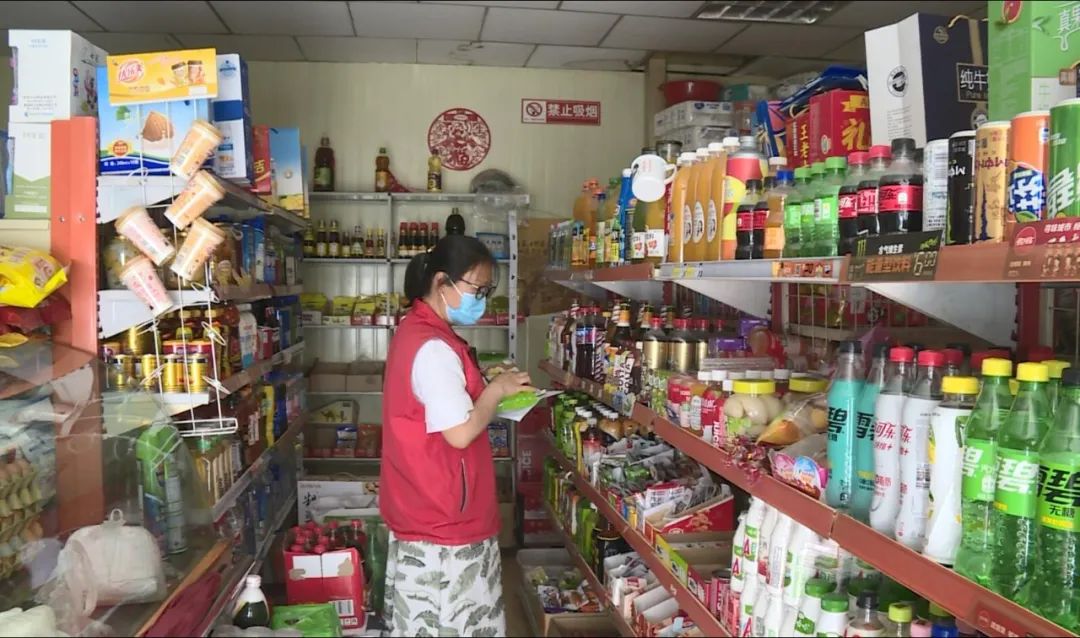[Evaluation of 对 对] "No" for the "non -agricultural chemical" of cultivated land
Author:Shangyi.com Time:2022.08.10
■ Hu Dui
The city's "non -agricultural chemical" base has already figured out. At present, the city has found a total of 398 cultivated land "non -agricultural chemicals", occupying 3189.78 acres of arable land, of which 781.07 acres of permanent basic farmland are occupied. (See "Changde Daily" August 8th Report)
The "cultivated land" of "non -agricultural chemical" is actually a fame. To some extent, it is not a real arable land. The "non -agricultural chemical" of cultivated land occupies a cultivated land -this is the core issue; destroying the cultivation layer -this is the most critical issue. For example, the plants that occupy permanent basic farmland planting seedlings and garries for greening decoration, as well as the developed tree species such as poplars and eucalyptus trees, have severely damaged the cultivation layer and can hardly be used for grain production. For example, under the name of rivers, wetlands, and lakes, we have occupied cultivated land without authorization, and even occupying permanent basic farmland to digging and building lakes, digging lakes, and "eating" arable land.
Protecting cultivated land is to protect our rice bowl. my country has a large population, with more than 700 million tons of food consumed each year, and the global grain annual trade volume is only about 400 million tons. Obviously, it is impossible to rely on others to solve the problem of eating. The Chinese rice bowls must be firmly on their own hands. However, the contradiction between my country's "people" and "land" is prominent, and the proportion of arable land in the world is far lower than the proportion of population occupying the world, and the shortage of cultivated land in grain production. In 2006, based on comprehensive factors such as population, food yield and reinstation index, it was calculated that if my country ’s self -sufficiency rate in China is stable at more than 95%, at least 1.8 billion mu of cultivated land is required. As a result, the 1.8 billion mu of cultivated land appeared in the "Eleventh Five -Year Plan" outline for the first time. Later, it frequently appeared in the government work report. The protection of cultivated land is a key task in the Central Document No. 1 in recent years, especially this year's Central Document No. 1, which proposes to strictly prevent the red line of the cultivation of cultivated land with "long teeth". This is a legal and binding indicator, a red line for the insurmountable rice bowl, and a major national strategy to ensure the safety of national food.
However, such a red line was also trampled. "Non -agricultural chemical" is a naked trample. The "stealing beam changing columns" in "occupying the balancing" is a sneaky tram. The so -called "occupation balance" is that non -agricultural construction occupies a cultivated land must be "occupied one supplement". However, some places adopt the "stealing beam to change columns" to achieve the superficial "supplementary balance". For example, the arable land is occupied next to the town or even occupied permanent basic farmland, and then the “reclamation” is “reclaimed” on the loess slope or even on the stone mountain. It cannot be used to grow food. This is a kind of fraud and deceiving self -deception.
There are also places to provide employment opportunities for farmers, increase farmers' income, and rent cultivated land to individuals or enterprises for non -agricultural operations or non -grain production. From a partial point of view, it may increase the income of farmers, but from the perspective of the overall situation, it has occupied everyone's interests and is suspected of grabbing food from others. It is not wrong to increase the idea of increasing farmers' income from the cultivation of cultivated land, but the premise is that the arable land cannot be "non -agricultural". In fact, under the prerequisites of "non -agricultural chemical" arable land, there are a lot of methods for digging the arable land. For example, strengthen the construction of water conservancy facilities to keep crops and floods; strengthen the construction of the roads and reduce the cost of transportation; improve the soil and increase the production of crops; promote digital planting to ensure the quality of crops; implement national policies, and do not deduct the subsidies for grain. Therefore, there is no need to "non -agricultural chemicals" for cultivated land for cultivated land, and more importantly, it is not allowed to "non -agricultural chemical".
Changde, known as the "Dongting Grasson", has 8 national commodity grain bases and 7 national grain counties. The area of grain planting and grain production has ranked first in Hunan Province for 18 consecutive years. We must be worthy of the title of "Dongting Grasson" and resolutely say "no" for cultivated land "non -agricultural chemical". We have figured out the bottom number of "non -agricultural chemical" arable land. The top priority is that while resolutely curbing the "non -agricultural" problem of new cultivated land, it is necessary to implement the account number of 398 "non -agricultural chemical" issues of cultivated land, and actively explore the long -term mechanism of preventing the "non -agricultural chemical" to prevent cultivated land.
- END -
Guilin Road Street, Jinchuan District, Jinchang City: Community services are sent to the door to isolation and temperature

Observation of home isolation medicine is an important part of epidemic prevention...
Fighting the "Blue Sky Defense War", Wuhan's "careless" is compared with organic exhaust gas
The Yangtze River Daily Da Wuhan Client July 9th. On the 8th, the Municipal Ecological Environment Bureau held a grant ceremony and performance rating training meeting for enterprises in key pollution